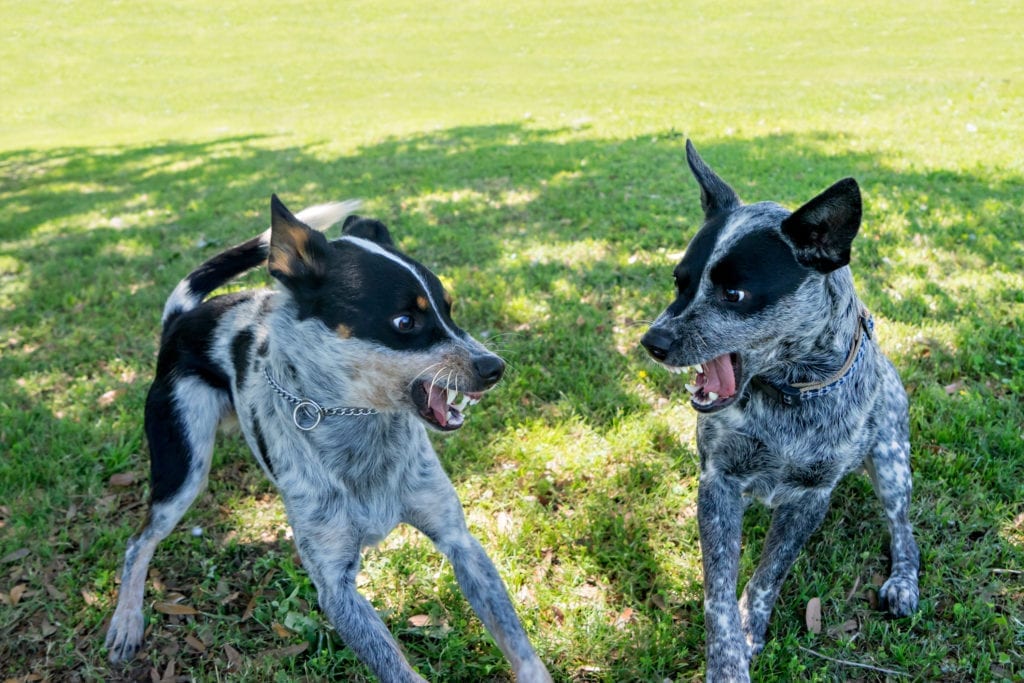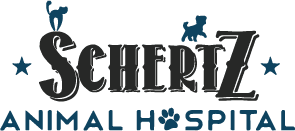 You know that all-too-familiar feeling of not wanting to share your slice of cheesecake, lend your favorite sweater to a friend, or give up your go-to spot on the couch. Our animal friends experience this type of instinct as well, although they often handle it less gracefully than we do. Possessive aggression in dogs, also referred to as resource guarding, can be a real problem.
You know that all-too-familiar feeling of not wanting to share your slice of cheesecake, lend your favorite sweater to a friend, or give up your go-to spot on the couch. Our animal friends experience this type of instinct as well, although they often handle it less gracefully than we do. Possessive aggression in dogs, also referred to as resource guarding, can be a real problem.
Schertz Animal Hospital wants you to know how to recognize this behavior and stop it in its tracks before it becomes a major issue.
Recognizing Possessive Aggression in Dogs
From an evolutionary standpoint, resource guarding is a very natural and understandable thing. Dogs protect what they find valuable when they fear it may be taken from them. If you have ever seen a dog snarl, growl, or adopt a defensive posture when someone or something approaches a beloved bone, you have seen this instinct in action.
Possessive aggression in dogs can be triggered by many things. Not all dogs find the same things valuable, but some common items that your pet may feel compelled to protect include:
- Food
- Water
- Treats
- Toys
- Chew items
- A sunny spot on the floor
- A bed or prized hangout
- A person
Possessive aggression in dogs can become a major issue, as it is not always predictable what may trigger a reaction. It is also not always possible to prevent triggering circumstances. This is particularly an issue when small children, visitors, or other pets are involved.
Taming the Dragon
If your pet is showing signs of resource guarding, it is important to address the issue before it becomes troublesome. Ignoring the problem will not help it to go away, and the sooner you deal with it, the better your chances of getting good results. Good behavior is essential for happy human-canine coexistence.
There are two major methods that should be utilized when trying to train a dog who is demonstrating possessive aggression:
Counter-conditioning—This training method relies on getting the pet to associate the stimulus (a person or other pet approaching the valued resource) with a positive action (a special treat or praise). This takes some work, but with a little effort, most pets will begin to associate the approaching threat as the bearer of all things good. You must start counter-conditioning slowly and carefully in order to build up your pet’s confidence and keep all involved safe.
Desensitization—Desensitization is the slow and careful process of gradually building your pet’s tolerance to an undesirable stimulus. You may approach carefully and reward for increasingly more intrusive actions. Use extreme caution when doing this in order to keep yourself safe.
If you have a puppy or younger dog, it may be worthwhile to hand feed your pet once in awhile, so that he or she becomes tolerant of your hand near the food. Another good practice is to add bonus treats or food to your pet’s bowl randomly throughout the day. This will help him or her recognize that you are a happy source of food. Everyone in the home can participate in this, being sure to supervise small children closely.
Of course, there are certainly situations in which it is time to get a professional involved. If your pet continues to guard strongly, do not risk your own safety. Give us a call! We can help direct you to the best course of action. Possessive aggression in dogs may be an instinctual behavior, but it has no place in our homes.
Recent Posts
About Us
We know that choosing the right veterinarian for your pet (and you) can be a challenge. Yet, with our stress-free handling, our long-term, experienced staff, and a state-of-the-art facility, we make the decision an easy one!
